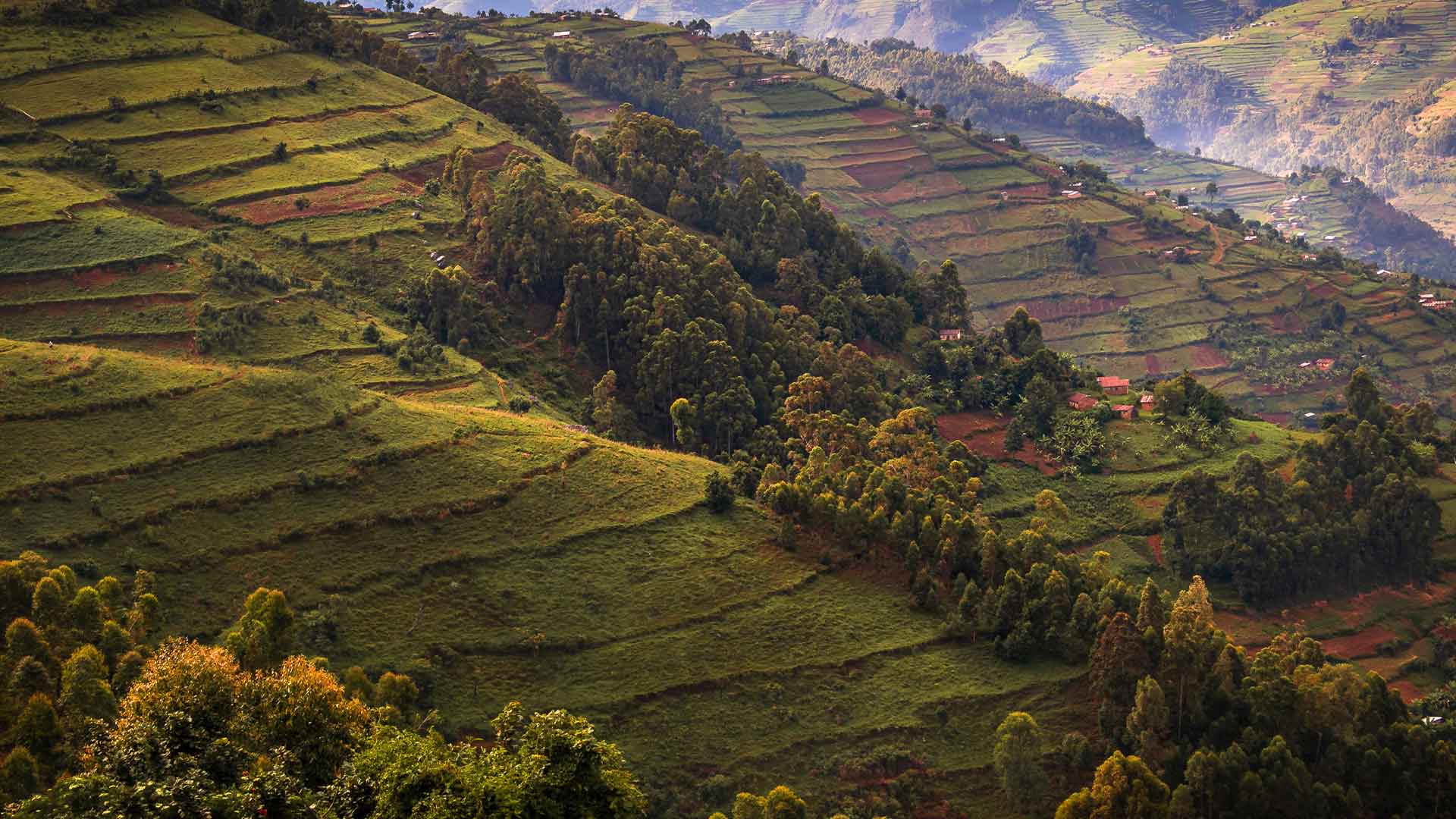Geography of Africa
Africa’s geography: a fascinating amalgamation of deserts, forests, plains, water bodies, mountains, and highlands waiting to be explored.

Africa’s geography is as vast as it is diverse, encompassing a myriad of landscapes and features that define its 63 political territories. This vast continent is the largest of the great southward projections from Earth’s main mass, encompassing a total area of 30,368,609 km² (11,725,385 sq mi), excluding its adjacent islands. The majestic Mount Kilimanjaro stands as the continent’s highest peak, while the expansive Lake Victoria holds the title of its largest lake. Africa’s rich tapestry of geographical zones includes the sprawling Sahara desert, verdant coastal plains, the sprawling savannahs, lush rainforests, and the impressive African Great Lakes.
Geographically, Africa is bounded by the Mediterranean Sea separating it from Europe and the Red Sea distancing it from much of Asia. The continent connects to Asia at its northeastern tip via the Isthmus of Suez, which spans 130 km (81 mi) and is sliced by the Suez Canal. For geopolitical considerations, Egypt’s Sinai Peninsula, east of the Suez Canal, is often regarded as part of Africa. The continent stretches about 8,000 km (5,000 mi) from Ras ben Sakka in Tunisia, its northernmost point, to Cape Agulhas in South Africa, its southernmost tip. From the westernmost point at Cap-Vert to Ras Hafun in Somalia’s Puntland, the easternmost projection, the width spans approximately 7,400 km (4,600 mi).
The structural layout of Africa is unique, displaying both east-to-west and north-to-south directional lines. This orientation reflects the continental configuration of the northern parts of the world and the southern peninsulas, respectively. The continent’s average elevation is about 600 m (2,000 ft) above sea level, which is comparable to the elevations of North and South America but less than Asia’s average of 950 m (3,120 ft). Unlike other continents, Africa has a smaller proportion of extremely high or low territories. High elevations over 3,000 m (9,800 ft) are rare and mostly consist of isolated peaks and mountain ranges, making moderately elevated tablelands a more dominant feature.
The topographical diversity of Africa continues with its higher plateaus primarily found in the east and south, gradually decreasing in altitude as one moves towards the west and north. Beyond its coastal lowlands and the Atlas Mountains, the continent can be broadly divided into regions of higher and lower plateaus. The division line, slightly concave toward the northwest, stretches from the center of the Red Sea to about 6 degrees south on the west coast.
In terms of its coastal regions, the plains are typically lined with mangrove swamps and remain close to the shore, except where river deltas expand into recent alluvial flats. In other areas, the coastal lowlands serve as the initial step up to the terraced landscapes that lead to the inner plateaus. The Atlas Mountains are geographically distinct from the rest of Africa, standing apart from the southern regions with a separating zone of depressed, desert terrain known as the Sahara.
General Knowledge Base
General information about the Geography of Africa.
Africa covers about 30,368,609 square kilometers, making it the second-largest continent.
Africa is divided into deserts, savannahs, rainforests, mountains, and coastal plains.
Africa comprises 54 fully recognized sovereign states or countries.
Mount Kilimanjaro in Tanzania is Africa’s highest peak, standing at 5,895 meters above sea level.
The lowest point is Lake Assal in Djibouti, sitting at 155 meters below sea level.
The Nile River, at about 6,650 kilometers long, is the longest river in Africa and the world.
Lake Victoria, shared by Uganda, Kenya, and Tanzania, is the largest African lake by area.
Democratic Republic of the Congo, with its vast rainforests, rivers, and mountains, is among the most geographically diverse.
The Sahara Desert is the largest in Africa, extending across many countries in North Africa.
Major mountain ranges include the Atlas Mountains, the Drakensberg, and the Ethiopian Highlands.
